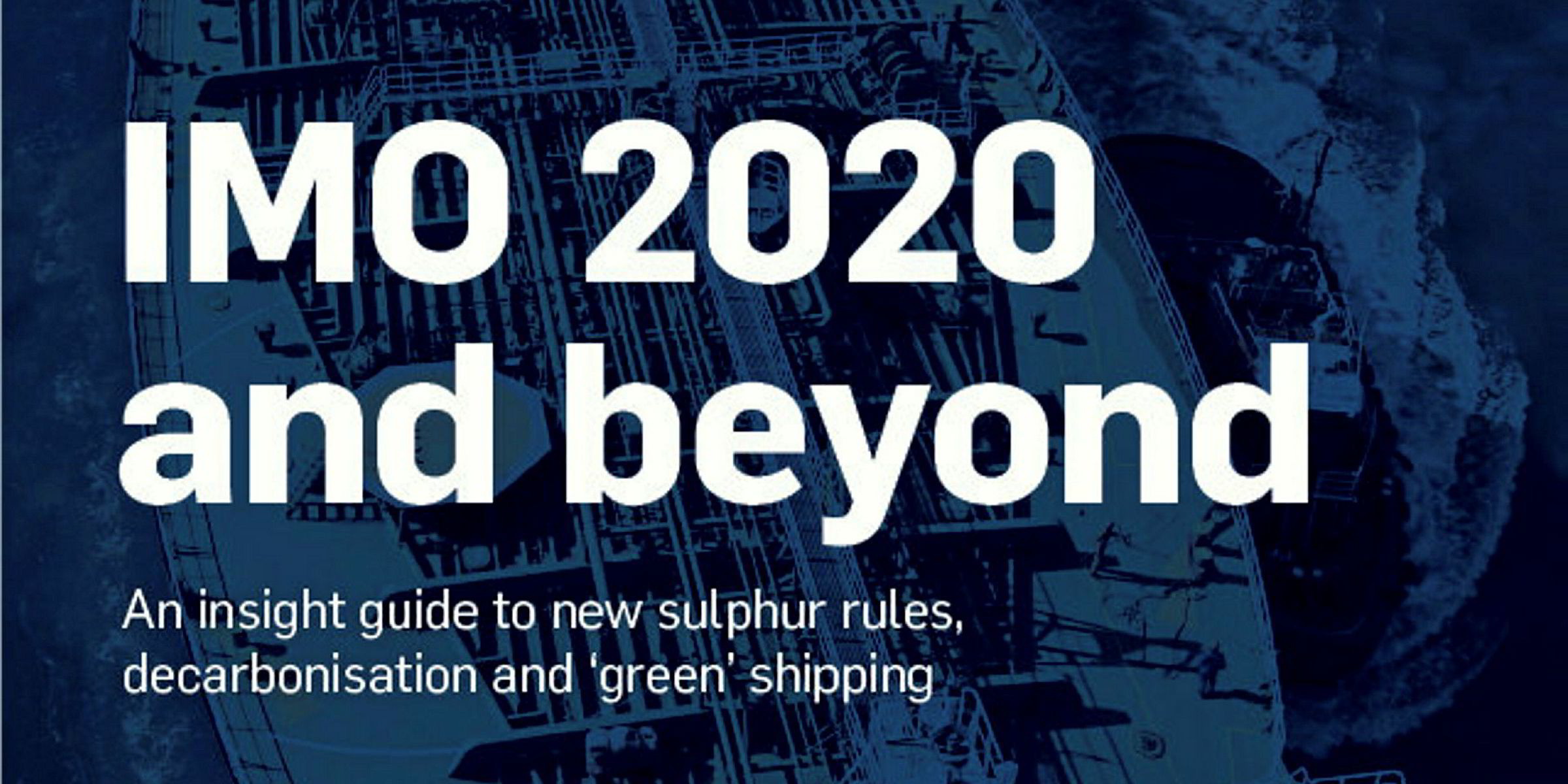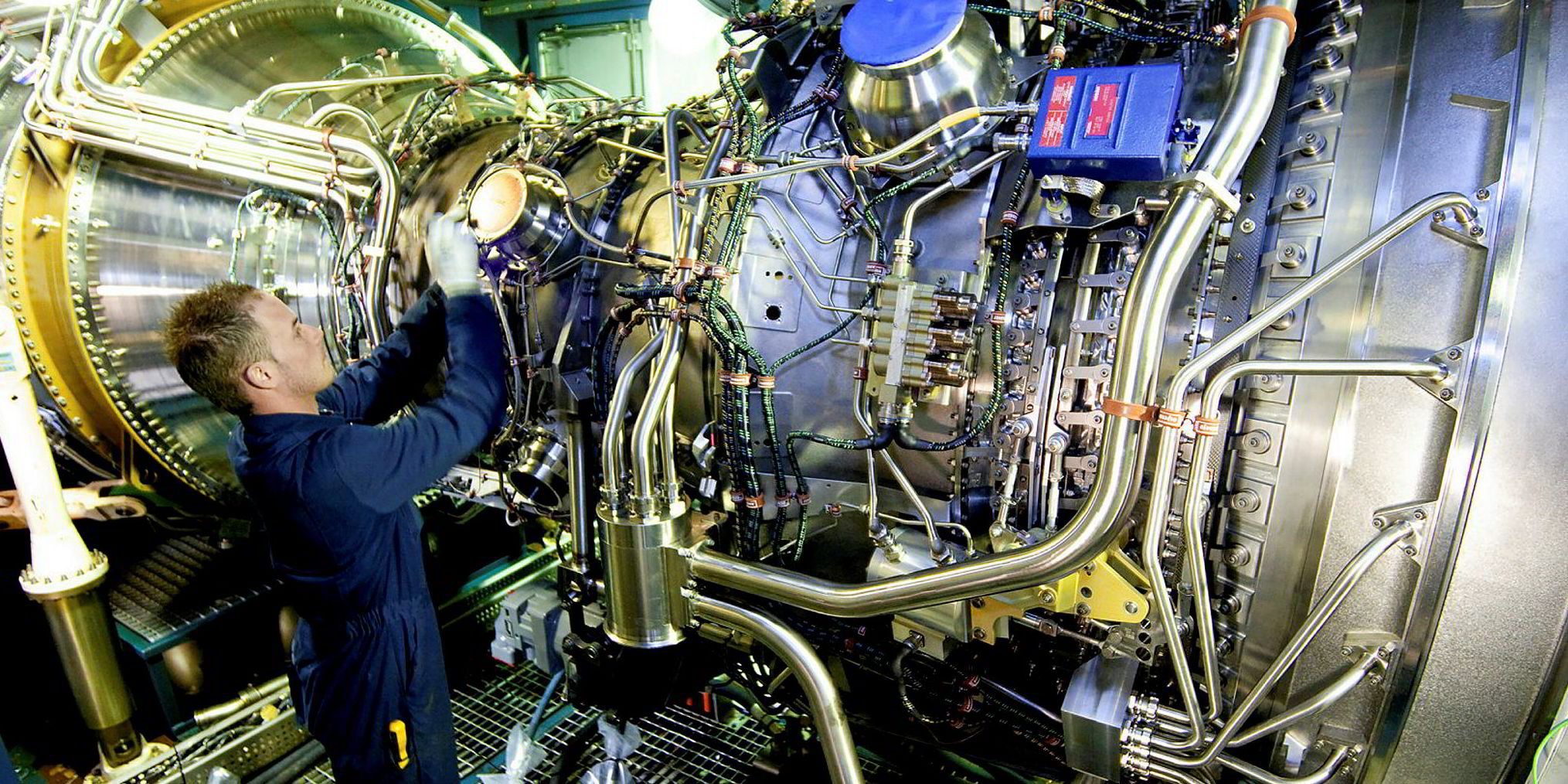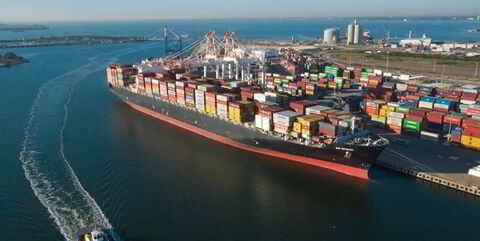Large companies are more likely to be early birds when it comes to reducing greenhouse gas (GHG) emissions from maritime transport than small- and mid-sized firms, a TradeWinds Knowledge survey has found.
In the survey that received hundreds of responses from shipowners, charterers, brokers and other segments, 46.4% of the respondents from companies with more than 50 employees are already preparing for low-emission shipping rules or say they will immediately do so.
In comparison, 34.9% of the respondents from companies with up to 10 headcounts and 31.1% from companies with 11-50 people have taken such an initiative.
“Big [vessel] operators can afford to move early as they have the financial capabilities. Once they find a feasible low-carbon solution, the expertise can be applied to their whole fleets while benefiting from economies of scale,” according to the TradeWinds Knowledge report on IMO 2020 and beyond, which published the full survey results.
“[And] energy and mining majors need to advance their environmental credentials due to government and public pressure.”

Check out TradeWinds Knowledge http://bit.ly/35g4KZ1, our new research project on IMO 2020 and decarbonisation
To fight climate change, the IMO has aimed to reduce carbon intensity of international shipping by at least 40% from 2018 by 2030 and total GHG emissions by 50% before 2050.
According to the regulator, the first step would be to usher in legally binding measures for GHG reduction by 2023.
In the TradeWinds Knowledge survey, 16.3% from large firms will start their climate efforts between 2020 and 2023, as well as 22.2% from mid-sized firms and 9.6% from small companies.
However, 21.7% from large firms, 24.4% from mid-sized companies and 28.9% from small firms simply do not know when they should start their preparation.
Many industry players have expressed their worries over regulatory uncertainty, as the regulatory process at the IMO can be time-consuming and does not always yield results.
Look forward to low-carbon fuels
While some studies suggest vessel operators only need to adopt operational measures like slow steaming to meet the 2030 target, most researchers reckon low-emission fuels are required for the 2050 goal.
Most survey participants apparently think the industry better not wait in regards to adopting the alternative fuels like hydrogen and ammonia, though.
When asked to pick at least one preferred solution for meeting the 2030 goal, 68.4% from big firms, 58.9% from mid-sized companies and 67.5% from small firms choose low-emission fuels.
Operational measures are favoured by 48.3% from big firms, 54.4% from mid-sized companies and 42.2% from small firms.
Also, 38.8% from big firms, 38.9% from mid-sized companies, and 36.1% from small firms prefer technical efficiency measures such as propeller upgrades.
Mid-sized firms lack confidence
Meanwhile, mid-sized companies tend to have less confidence in the industry’s ability in meeting the ultimate target for 2050.
Of the respondents from mid-sized companies, 47.8% are not really confident while 13.3% were not confident at all.
In comparison, 47.5% from big companies and 43.4% from small firms are either not really confident or not confident at all.
When asked to pick at least one favoured policy option for the 2050 goal, 56.7% of the respondents from mid-sized companies prefer more subsidies for and research on low-emission fuels. 53.3% of them think GHG emissions intensity of vessels should be stipulated, while 42.2% reckon pushing up costs of fossil fuels via mechanism like carbon pricing can make low-emission fuels more competitive.
Download a sample TradeWinds Knowledge report via http://bit.ly/35g4KZ1
The survey on IMO 2020 and decarbonisation was conducted between 15 July and 6 August 2019 and we received 603 responses.
Of them, 44.1% described their companies as shipowners, 24% as shipmanagers, 20.4% as shipbrokers, 16.8% as charterers and 15% as financiers. There were also some describing themselves as working for consultancies, bunker players and insurance firms, among others.
The questionnaire was created via an electronic form provided by SurveyMonkey. It consisted of 20 questions — one was on survey data compliance, and the rest were multiple-choice questions on the respondent’s attitudes and approaches towards environmental regulations, and profile questions. Respondents answered anonymously and were allowed to skip the questions they did not want to answer.
Special thanks to Dr Nishatabbas Rehmatulla, senior research associate at the University College London Energy Institute, who provided advice on the design of the survey.(Copyright)





